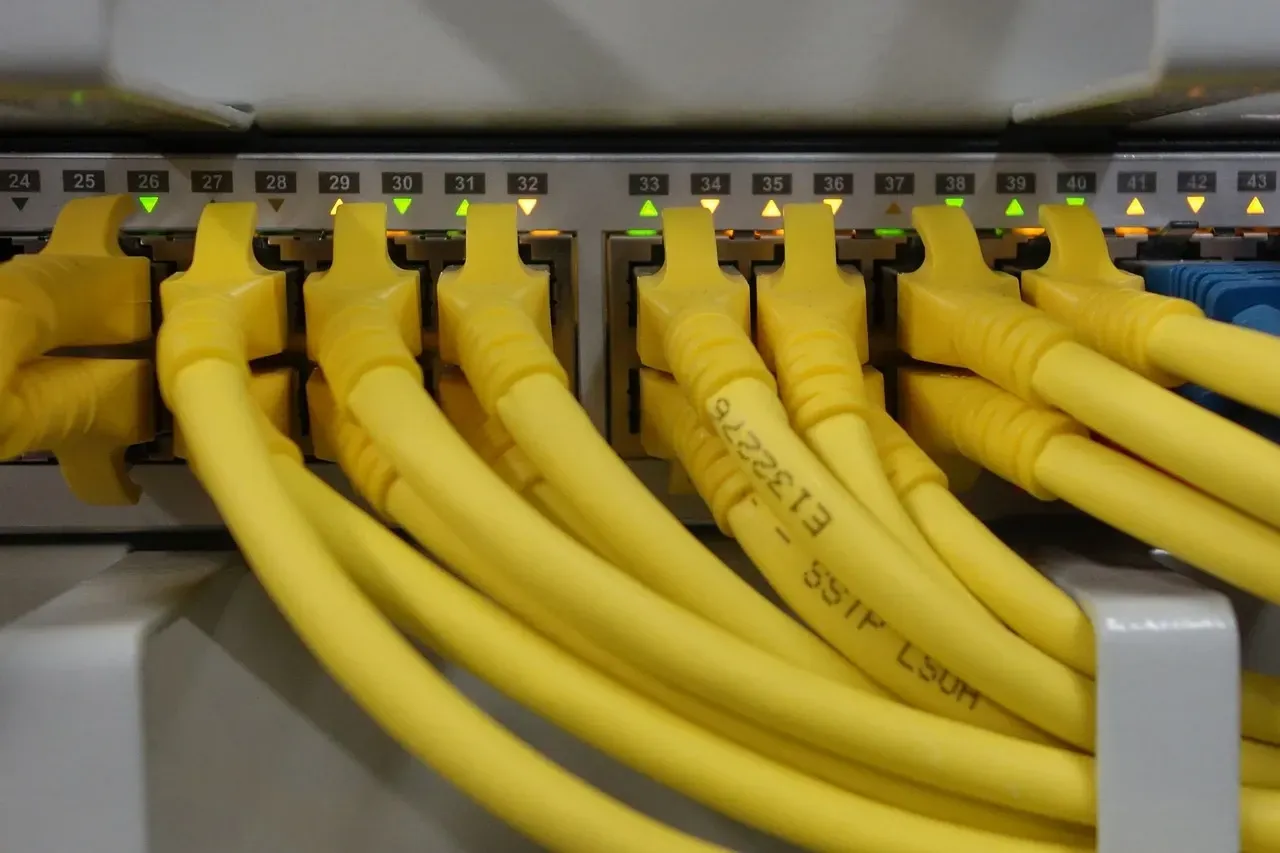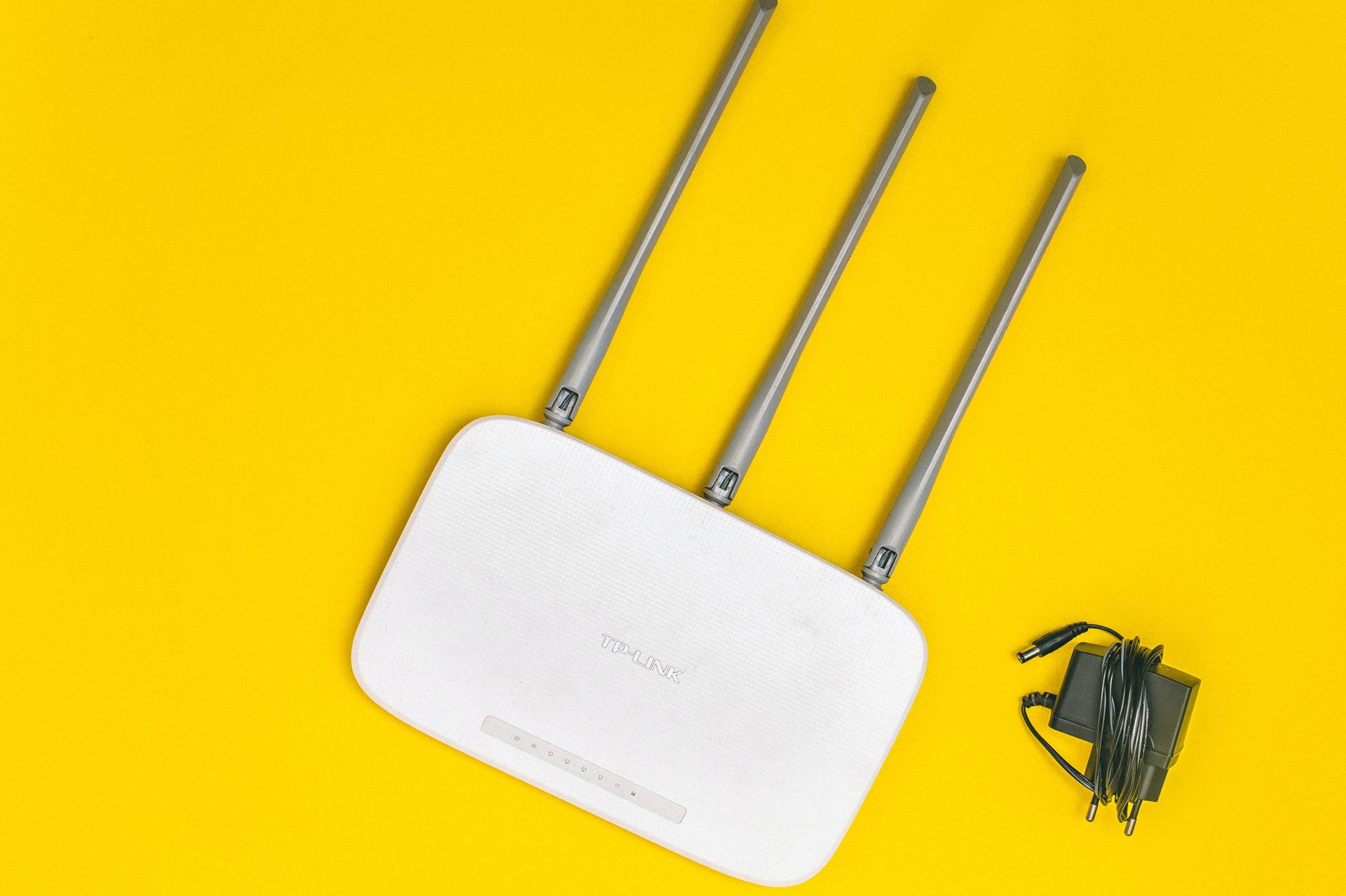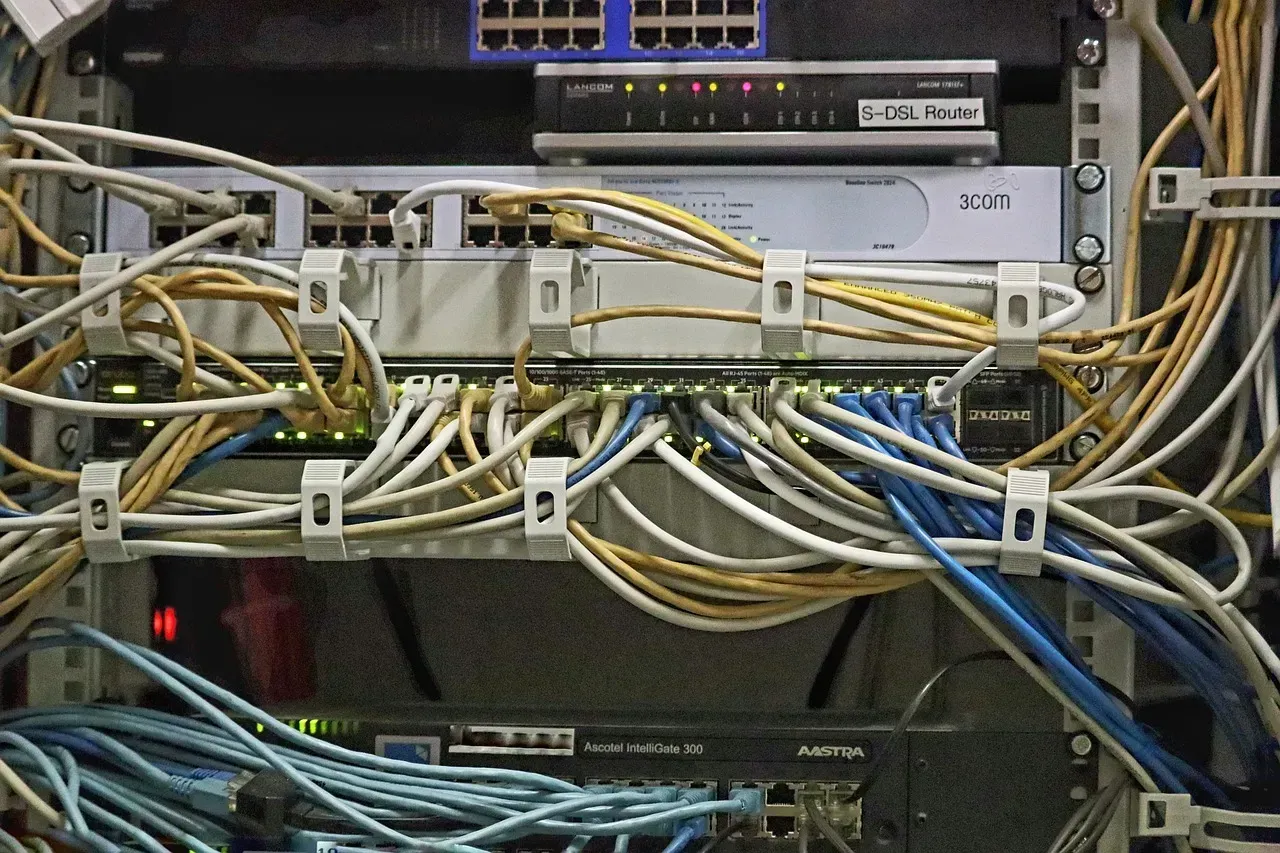The Ultimate Guide to Network Cabling Installation: Trends, Techniques, and Tips


Understanding Network Cabling Installation
Network cabling installation is not just about connecting wires; it's about building a robust foundation for data transmission. At its core, this process involves laying down a network of cables that facilitate communication between computers, servers, and other digital devices.
Types of Network Cables
Ethernet Cables: The most common type, used for connecting devices in a local area network (LAN).
Fiber Optics: Known for their speed and efficiency, these cables are crucial for high-bandwidth connections.
Coaxial Cables: Often used for television and internet services, offering reliability and durability.
Each type of cable serves a distinct purpose, catering to different needs in data transmission. Understanding these differences is key to choosing the right cable for your specific setup.
Network cabling is not just for large corporations. In the era of smart homes and interconnected devices, even residential spaces require efficient cabling solutions. The right setup ensures seamless internet access, media streaming, and home automation.
The Evolution of Network Cabling
Network cabling has come a long way since its inception. Initially, it was all about basic connectivity, but now, it's evolved into a sophisticated, high-speed communication tool.
Historical Perspective
In the early days, network cabling was rudimentary, often struggling with speed and reliability.
The 1990s and 2000s saw significant advancements in cabling technology, enhancing data transmission capabilities.
Latest Trends
The rise of Cat8 Ethernet cables, pushing the boundaries of speed and performance.
Increased adoption of fiber optics in mainstream applications due to its superior speed and bandwidth capabilities.
A growing focus on sustainable and eco-friendly cabling solutions.
These developments reflect a dynamic industry that constantly adapts to the evolving demands of digital communication. Staying abreast of these changes is crucial for anyone involved in network cabling, from professionals to end-users.
Planning and Designing a Network Cabling System
Before diving into cabling installation, effective planning and design are paramount. This phase determines the efficiency, scalability, and longevity of your network.
Key Principles
Assessment: Understand the specific needs of your environment, whether it's a small home network or a complex business infrastructure.
Scalability: Design a system that can grow with your needs, avoiding costly overhauls in the future.
Accessibility: Ensure that the network can be easily accessed and maintained.
Design Considerations
Layout: Map out the physical route of the cables, considering factors like length and potential interference.
Cable Management: Implement strategies to keep cables organized and protected.
Future-proofing: Incorporate elements that accommodate emerging technologies.
A well-thought-out design not only streamlines the installation process but also mitigates potential issues down the line. Including a real-world case study or example can illustrate these principles in action, providing a practical perspective.
Step-by-Step Guide to Network Cabling Installation
A methodical approach is key to successful network cabling. Let's break down the installation process into manageable steps.
Installation Process
Preparation: Gather all necessary tools and materials, including cables, connectors, and testing equipment.
Cable Laying: Run cables according to the design plan, ensuring they are neither too tight nor too loose.
Termination: Connect the cables to their respective devices or outlets. This step requires precision to avoid signal loss.
Testing: After installation, test each cable to ensure proper connectivity and performance.
Documentation: Keep detailed records of the cabling layout, which is invaluable for future maintenance or modifications.
Safety Guidelines:
Adhere to safety standards to prevent accidents.
Be mindful of electrical hazards, especially when working near power lines.
Best Practices
- Use quality materials to ensure longevity and reliability.
- Label cables for easy identification.
- This section not only guides the reader through the installation process but also underscores the importance of safety and best practices, reinforcing the blog's practical value.
Compliance and Standards
Adhering to established standards and regulations is not just a matter of formality; it's essential for ensuring the efficiency and safety of your network cabling system.
Current Compliance Standards (2024)
IEEE Standards: Covering a range of network protocols and performance benchmarks.
TIA/EIA Standards: Focusing on the performance and testing of cabling systems.
Local Building Codes: These may vary by location but are crucial for ensuring safety and compatibility with existing infrastructure.
Compliance impacts not only the performance of your network but also its safety and compatibility with other systems. Failure to comply can result in inefficiencies, increased costs, and even legal repercussions.
Significance of Compliance
- Ensures optimal performance and longevity of the cabling system.
- Reduces the risk of network failures and maintenance issues.
- Aligns with best practices in the industry, enhancing trustworthiness and reliability.
- This section not only informs the reader about important compliance standards but also underscores their significance in the broader context of network cabling.
Common Challenges and Solutions in Network Cabling Installation
Despite meticulous planning, network cabling installation can present challenges. Understanding these obstacles and their solutions is key to a smooth installation process.
Common Challenges
Interference: Electrical and radio frequency interference can disrupt signal quality.
Physical Barriers: Obstacles like walls or ceilings can complicate cable runs.
Cable Management: Overcrowding of cables can lead to disorganization and potential damage.
Solutions:
For Interference: Use shielded cables and proper grounding techniques.
Navigating Barriers: Employ cable conduits or consider alternative routing.
Cable Management: Implement systematic labeling and use cable organizers to maintain order.
Expert input or quotes from industry professionals in this section can add credibility and provide practical insights from those who tackle these challenges daily.
Future of Network Cabling
The network cabling industry is constantly evolving, driven by technological advancements and changing user needs. Let's explore what the future might hold.
Predictions and Upcoming Technologies (2023 and Beyond)
Increased Fiber Optic Usage: With its superior bandwidth, fiber optics is likely to become even more prevalent in both commercial and residential settings.
Advancements in Wireless Technology: While not a direct part of cabling, wireless advancements impact cabling needs and designs.
Smart Cabling Solutions: The integration of IoT and AI in cabling systems for more efficient management and troubleshooting.
These trends point towards a more interconnected and efficient future, where network cabling continues to play a crucial role in our digital lives.
Conclusion
In conclusion, network cabling installation is a vital component of our interconnected world. From homes to businesses, the right cabling infrastructure is key to seamless connectivity and communication. As we've explored, understanding the types of cables, planning and design, installation best practices, and staying updated with industry standards and future trends are essential for anyone involved in network cabling.
Remember, while DIY approaches can be tempting, the complexity and importance of proper installation often call for professional expertise.
For those seeking professional assistance in network cabling, consider American Broadband Networks, especially if you're in the Charlotte, NC area. Their range of services includes:
Broadband Networks: Ensuring high-speed, reliable internet connectivity.
Interior Cabling for Apartment Complexes: Tailored solutions for multi-unit dwellings.










